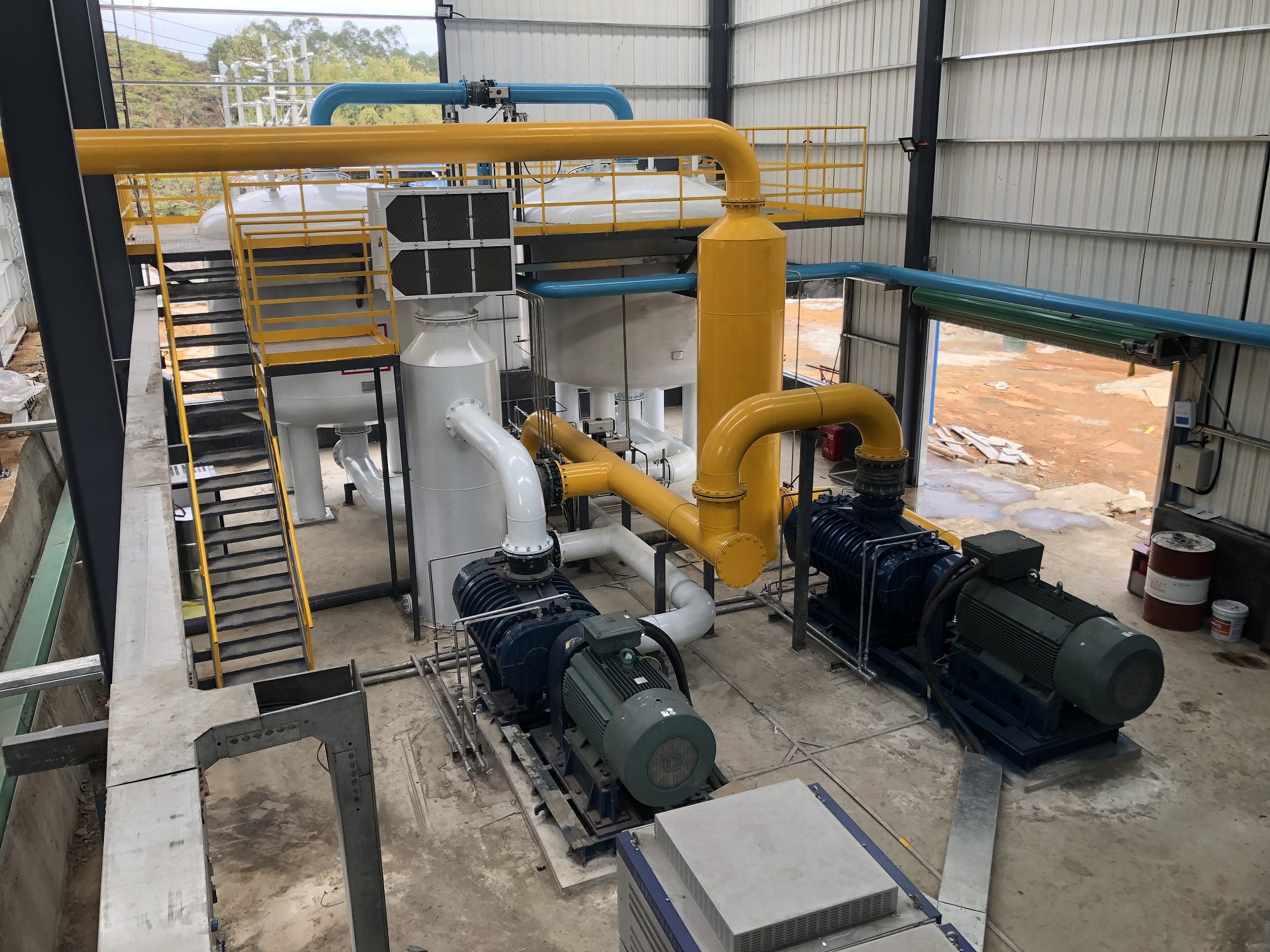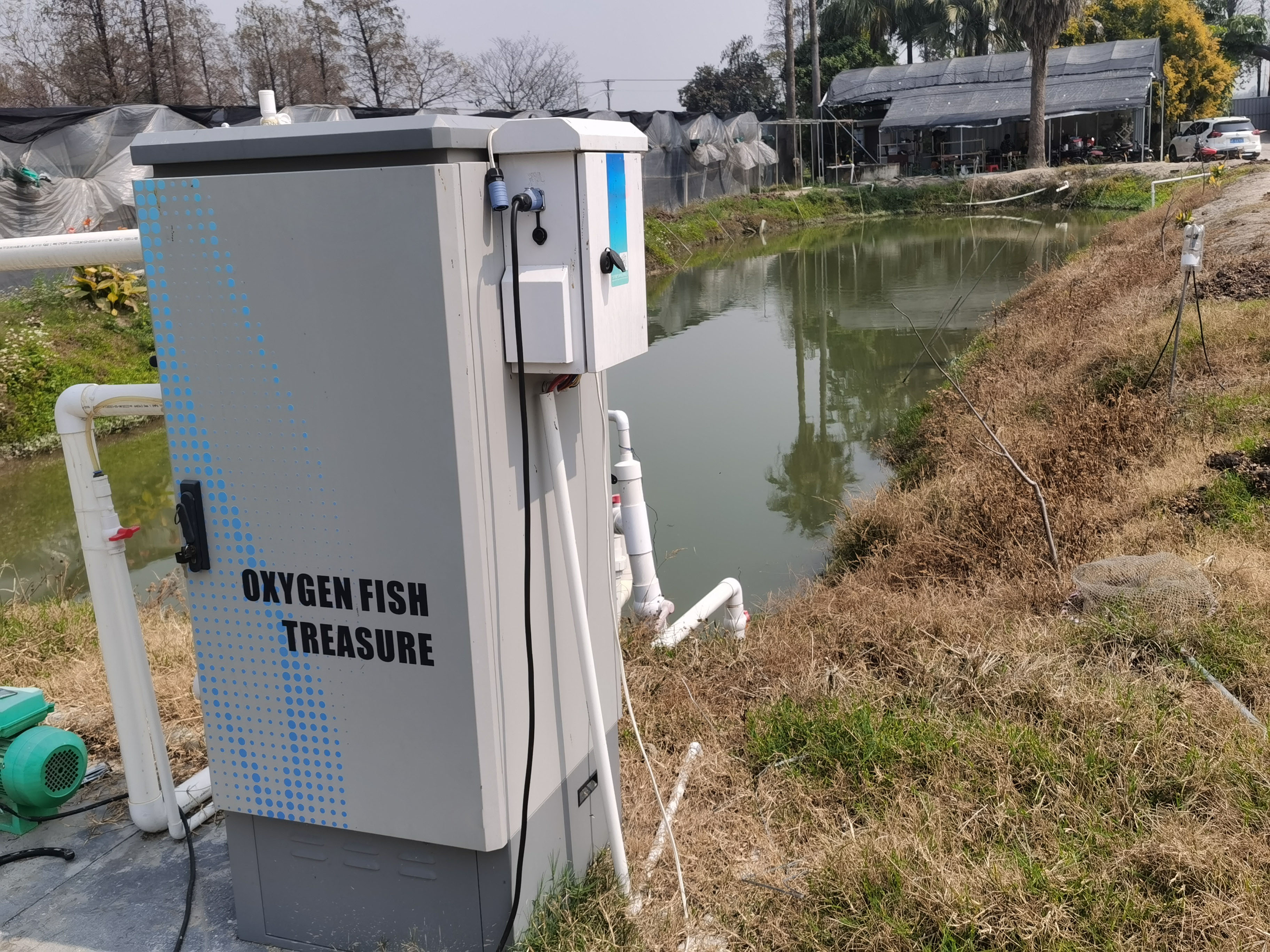Are you aware of six safety issues with using gas cylinders?
Gas cylinders are widely used in laboratories around the world. If installed and handled properly, they can be a reliable gas solution. However, if mishandled, laboratories can face numerous safety risks. We have examined six potential safety issues with using gas cylinders in the laboratory and provide recommendations for addressing these issues.
Risks of Improperly Secured Cylinders
Cylinders should be secured above their midpoint, generally 70-80% of their height, such as by attaching them to a wall. The anchor should be sturdy and avoid supporting one cylinder on top of another. If multiple cylinders are secured to the same anchor, they can easily fall over and injure laboratory workers if the anchor is lost.
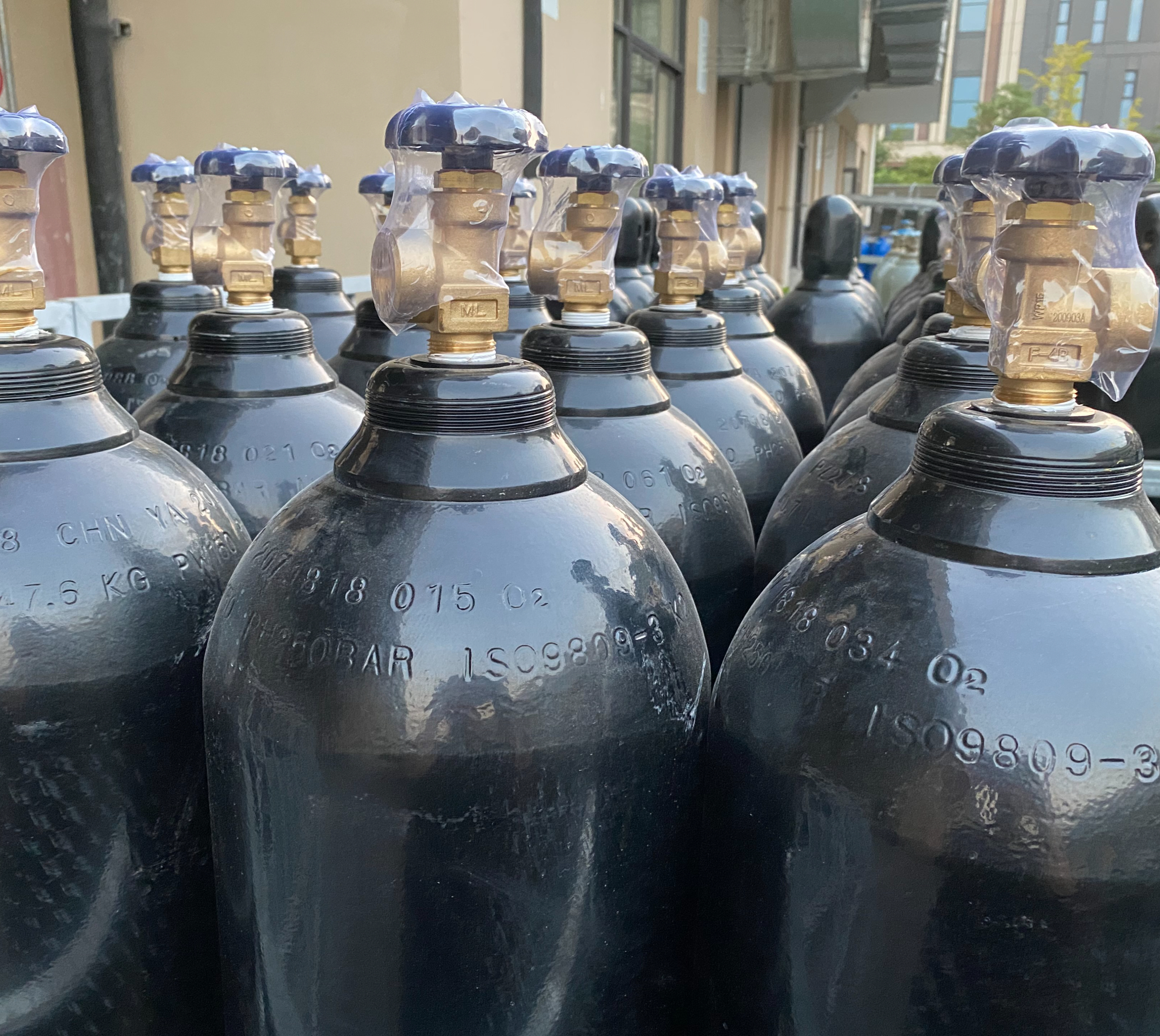
Both the National Fire Protection Association (NFPA) and the International Fire Protection Council (IFC) require the separation of flammable, toxic, and oxidizing substances, which can pose a risk if stored together. Cylinders storing flammable, toxic, and oxidizing gases need to be separated by 25 feet (approximately 7.62 meters) or separated by appropriate firewalls. However, these issues can be quickly and easily resolved when using a gas generator as the gas source.
Risks of using cylinders without a plan for handling cylinder leaks
Laboratories that store or handle compressed gases should develop a contingency plan for emergencies from the outset. Contingency plans may vary from laboratory to laboratory, depending on the type of gas used, but all situations should be carefully evaluated and a plan developed before a major incident occurs to ensure the safety of laboratory personnel.
Risks of using excessive spare cylinders in the laboratory
International fire protection associations (NFPA and IFC) have established limits on the maximum amount of combustible materials that can be stored in designated areas. The amount of combustible gas that can be stored in specific areas. Exceeding the upper limit may have the safety risk to laboratory personnel.
Risks of using cylinders without considering the impact of small gas leaks
Although most laboratories are well ventilated, leaks of toxic and hazardous gases can still transform a laboratory into an extremely hazardous area. Flammable and explosive gases can create an atmosphere above the lower explosive limit (LEL), which is why, as mentioned earlier, it is crucial to develop emergency response plans for the laboratory and carefully assess the impact of any potential leaks and malfunctions. Furthermore, given the space constraints of many research laboratories, cylinders are often located in areas with little to no ventilation.
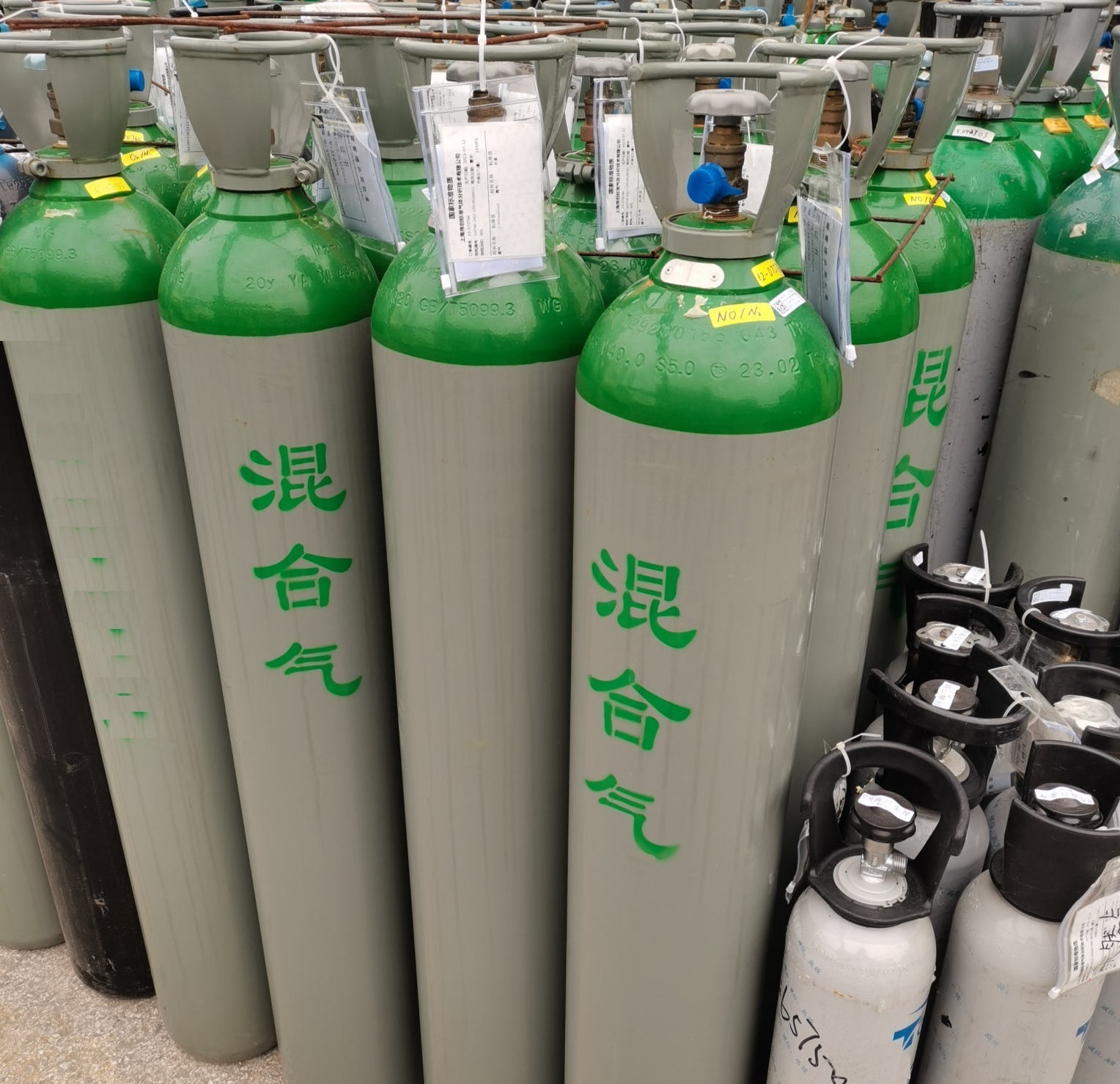
Gas piping should never be installed in poorly ventilated areas. Piping should be installed within a ventilated laboratory and connected directly to the application equipment.




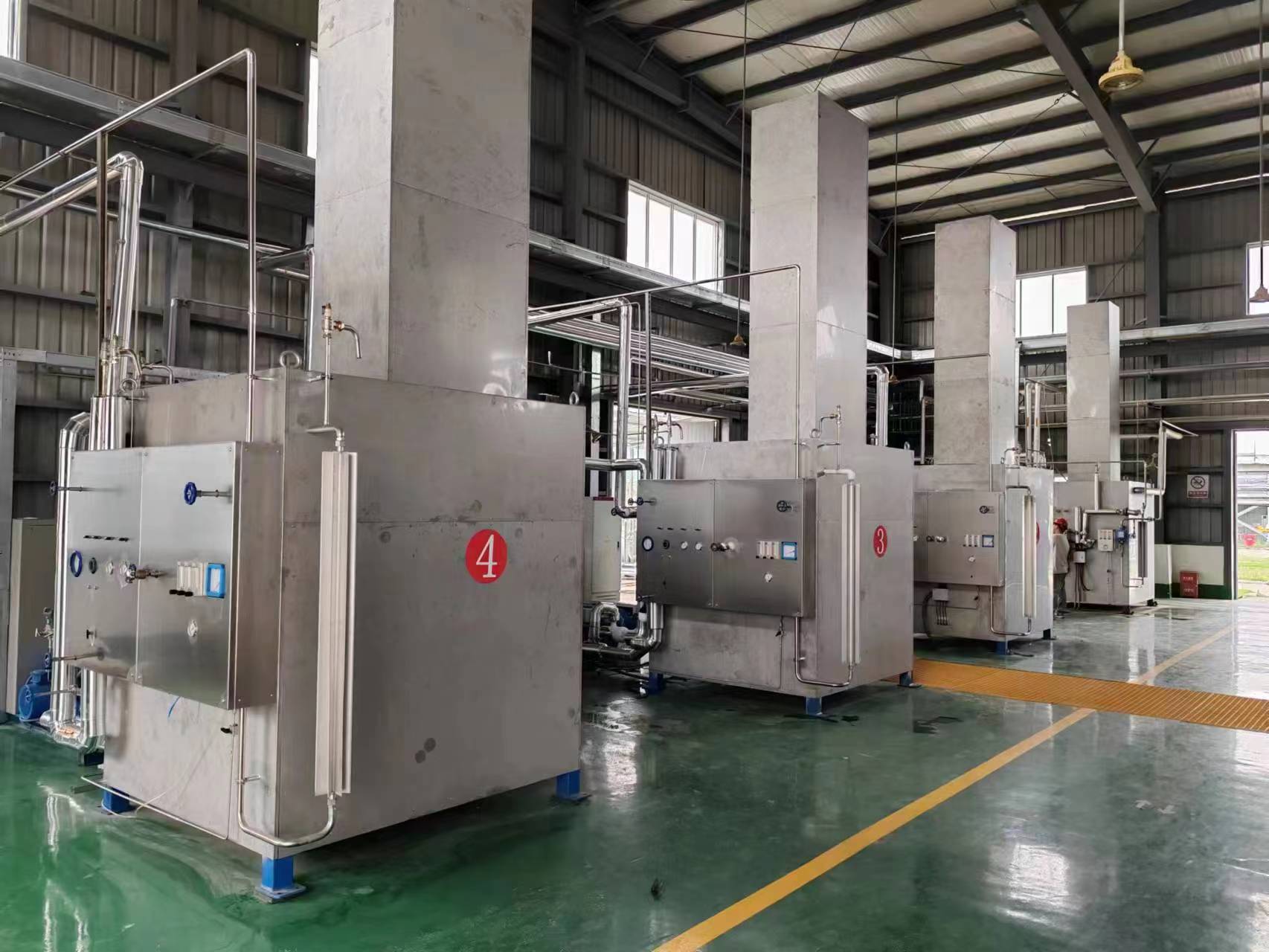
 H2 plant Hypower Project wind power to H2 2000NM3 per hour (1).jpg)
.jpg)
